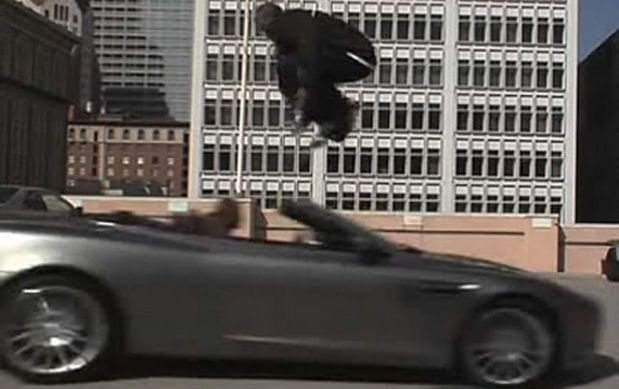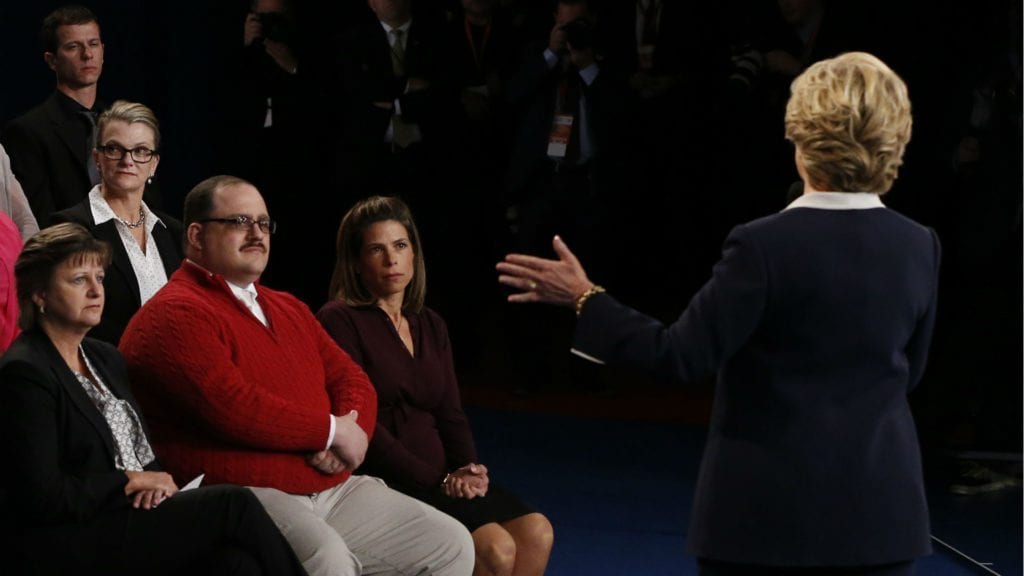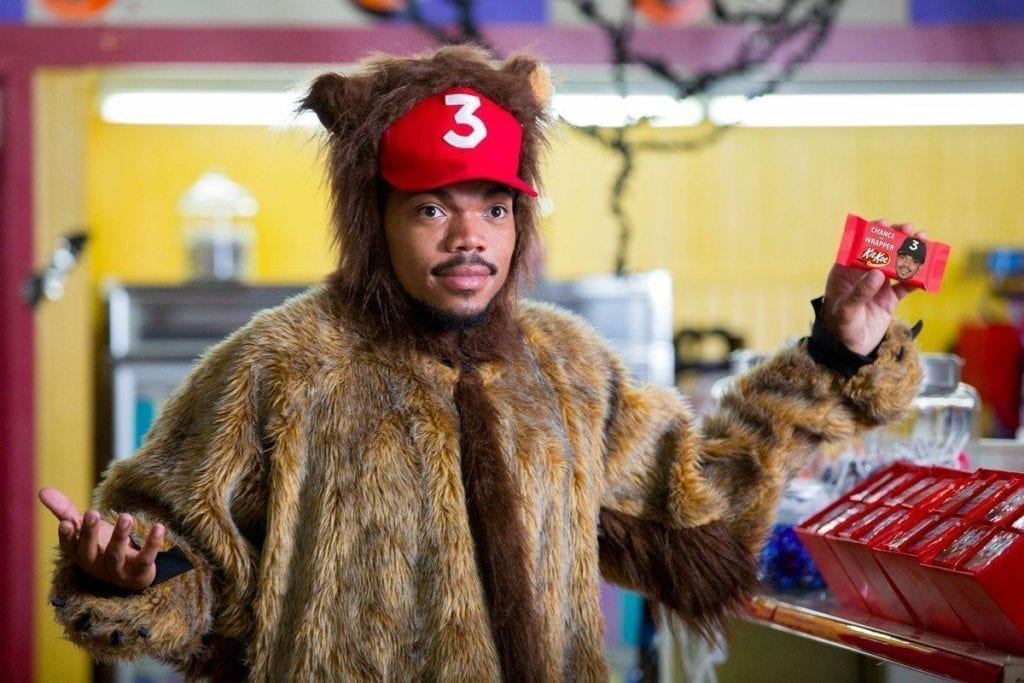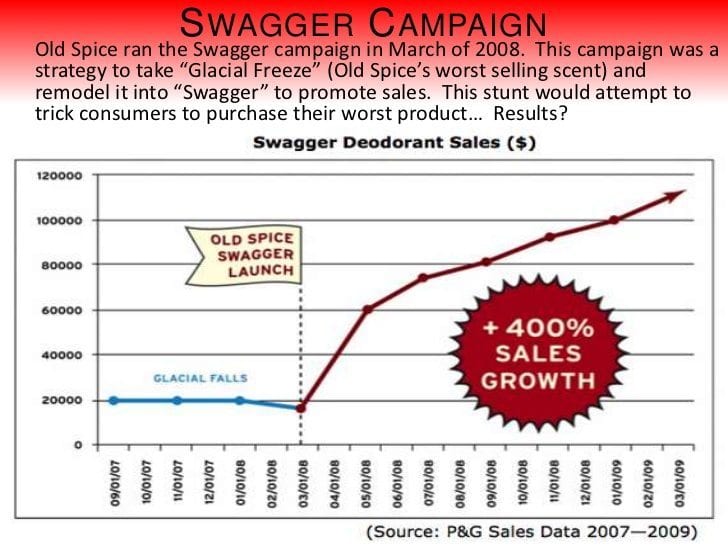
What Makes A Viral Campaign?
At the heart of most creative endeavors, there is usually a desire to create something that will attain popularity and be spread among people for years to come. More than even the creation sometimes, we fall in love with the idea of people talking about what we made, sharing it with their friends and the idea growing and growing to the point of ubiquity. That is the idea at the core of viral marketing; encouraging people to share a message with other people, allowing for the initial seed to grow with exposure and influence.

Viral marketing is highly effective for many reasons, but one of the many strengths it possesses is that it is amorphous in the contexts it can be used. Many marketing experts will tell you that big seed marketing, which combines old media tools and new viral-ready methods, is far more productive and rewarding because, even if the virus of the idea doesn’t fully spread, you still have the support from your traditional avenues. However, if you are in charge of the marketing for a smaller enterprise, utilizing solely viral marketing might be the best course of action, given its tendency towards low cost. It doesn’t take much to see return on investment on a well planned viral campaign, but you will have to commit your time fully to the endeavor to see that it takes off. Let’s take the example of the Blair Witch Project movie. The team marketing the movie had employed a big seed marketing plan (part of which had many convinced key events of the film had actually taken place) and, even long after the release of the film, engaged fans and critics on message boards, forums and online social mediums. Their dedication to interacting with prospective, youthful fans allowed the filmmakers to turn a $25,000 budget into a $248 million dollar yield at the box office.

The tricky thing about viral marketing is, while it should be something that can be easily shared and consumed on a wide level, it really performs its best when it is intended to target a specific audience. For example, video surfaced on YouTube in 2008 of Los Angeles Laker legend Kobe Bryant clearing a jump over a speeding Aston Martin car. The video, which was used to promote Bryant’s Hyperdunk sneaker, was viewed over 10 million times and discussed in news publications and on cable networks. The video’s focus, however, might really only be intended for people who are fans of Kobe Bryant, at first. If we take a step back on a macro level, we can see how the video appeals to people who appreciate highlights and feats of athletic prowess, and then on another level, people who appreciate vehicle stunts. On and on it goes through all these potential fans who would be more than willing to share, tweet or email a link to watch this “crazy video I saw of Kobe Bryant jumping over a car!” and voila, you have a viral situation.

You also have to communicate in the spaces and in the manner that your intended audience prefers and is akin to. We live in the era of the meme now, so it is quite easy to see how things can proliferate rom a small ripple to a large tide when communicated through the right avenues. The 2nd Presidential Debate of this election cycle was this previous Sunday and, amongst the many quotes and moments that have taken hold on Twitter or Instagram, the second to last questioner in the Town Hal-style debate, Mr. Ken Bone, has set twitter ablaze and taken the unassuming man in the Izod Sweater from 8 followers to 150,000 at last check. Mr. Bone’s appearance at the debate was ripe meme material to be plucked and spread to a generation of people who, in this current election cycle, relish in the chance to enjoy anything remotely humorous on such a serious stage.

The foundation of viral marketing is the word-of-mouth sharing, but many of the tools we have access to have expanded and allowed new possibilities for reach. The main thing that remains is the campaign’s message must be clear and communicated at all times. It must encourage the target group to share with others so that the message spreads as far as possible. It is believed that people often have a network of 8-12 people that they are close to and would share something of interest with. Beyond that immediate circle, we have our extended networks and the range that we enjoy on our social media outlets. Once we know which members of these networks would be most receptive to our message, we can start creating content that we know people would respond to. Going back to the ample examples of the music industry, an artist like Chance the Rapper is able to still enjoy all advantages of a major label artist while being unsigned and giving his music away for free because he has directly communicated to his millennial fans (who grew up not paying for music) through his live shows, merchandising and endorsements. A simple, visually engaging approach that is easy to share is the best way to start the conversation with your potential customers.
There are a host of knock-off Old Spice campaigns and host of ads that carry the obscurely deadpan humor that originated from films like Napoleon Dynamite and have become the major inspiration for “funny” among marketers. However, the truth of viral marketing is popularity doesn’t always win out and connect with people. The risk of losing the conversation with your audience is always at threat from lack of originality, much like it is from attentiveness. It requires an extreme amount of attention and meticulousness to preside over an effective marketing campaign. Take a look at music, which owes much of its success to viral, or buzz, marketing. If you look at an artist like an A$AP Rocky or an Odd Future, both acts that effectively used the social media site Tumblr to communicate with their youthful fans. These are not campaigns that a record label marketing team, or any marketing team for that matter, will be on the cutting edge on. If the product is not inherently ready to be shared among the demographic being targeted, it can’t succeed as viral strategy.

On the flipside though, viral marketers have to be prepared for the exponential growth that a successful campaign can produce and how the need to improve infrastructure to handle the demand is key to the survival of the product and the brand. If your idea has the potential for the kind of rapid growth exhibited by a Twitter or an iPhone, you run the risk of turning away potential customers and overloading your company if you’re not ready to handle the influx.





